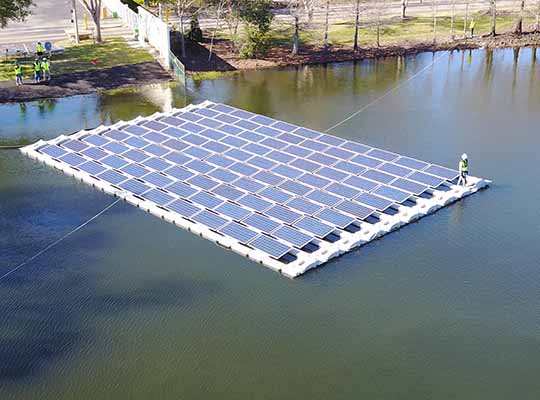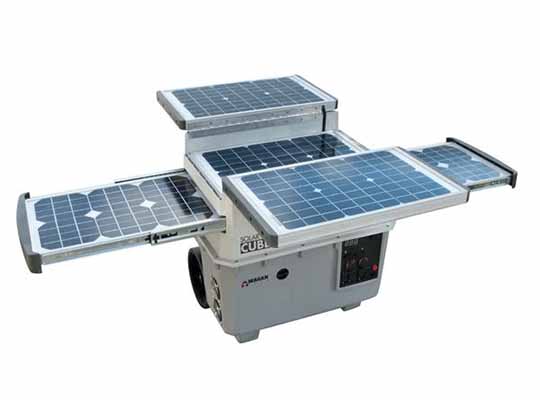ALBANY — According to TMR‘s report on the global floating solar market, the market is expected to reach valuation of US$ 27.7 Bn by the end of 2031. The global floating solar market is likely to benefit from rise in the consumption of solar energy globally. Besides, increasing investments in solar-based energy projects and growing awareness about sustainable energy are likely to boost the sales of floating solar in the near future.
The drive to develop green energy in various countries, along with reducing solar technology prices and evolving practices, has drawn investors to the market. These investors are largely motivated by returns and sustainable investment principles as a result of government regulations supporting green energy.
India, with a population of 1.4 billion people and one of the fastest-growing economies, is likely to play a critical role in the global energy segment. Through different government programs, the Indian government has made significant progress in boosting residents’ access to clean power in the recent years. For instance, the government introduced a production-linked incentive (PLI) plan of US$ 610.23 Mn in November 2020 for the building of high solar PV modules over a five-year period.
Key Findings of Market Report
- Floating solar reduces the need for costly landmasses, particularly agricultural land, that are close to any substation in order to harvest solar energy. This decreases the cost of solar energy generation while simultaneously freeing up land for other uses.
- Market players are continually working on optimizing the performance of solar panels and systems. One of the key advancements is the ability to track floating solar. The overall efficiency of floating solar panels is expected to improve as an outcome of implementation of this technology.
- Floating solar also enhances water quality by obstructing sunlight, which is necessary for the photosynthesis process and thus, blocks development of algae in water. As a result, by shading the water, algae development in reservoirs is slowed down and the water remains clean.
- The Netherlands is a leading country in the Europe floating solar market, and the market’s growth can be attributed to government backing for the development of floating solar panels. As part of its larger renewable energy policy, the government encourages installations of floating solar panels. The country’s Ministry of Infrastructure and Water Management formed the “Zon op Water” (“Sun on Water”) collaboration in 2017 with the goal of developing 2,000 MW of FPV by 2023.
- Declining prices of solar technology, owing to technological advancements and favorable government policies, is likely to drive sales significantly during the forecast period, from 2021 to 2031
Global Floating Solar Market: Growth Drivers
- Market players are planning to combine hydropower generation and floating solar panels to produce better outcomes, as hydropower reservoirs accommodate floating solar panels covering a larger area and generating considerably more electricity than existing capacity
- Increasing power consumption, growing investments in solar-based energy projects, and expanding awareness about sustainable energy are projected to drive revenue generation opportunities in the global floating solar market
Global Floating Solar Market: Key Players
Some of the key market players are
- Sharp Energy Solutions Corporation (Sharp Corporation)
- GreenYellow (Thailand) Limited
- Solarvest Holdings Berhad
- JA SOLAR Technology Co., Ltd
- Ciel & Terre International
- Pristine Sun Corp
Global Floating Solar Market: Segmentation
Capacity
- Below 5MW
- 5MW – 50MW
- Above 50MW
Type
- Stationary Floating Solar Panels
- Solar-Tracking Floating Solar Panels













